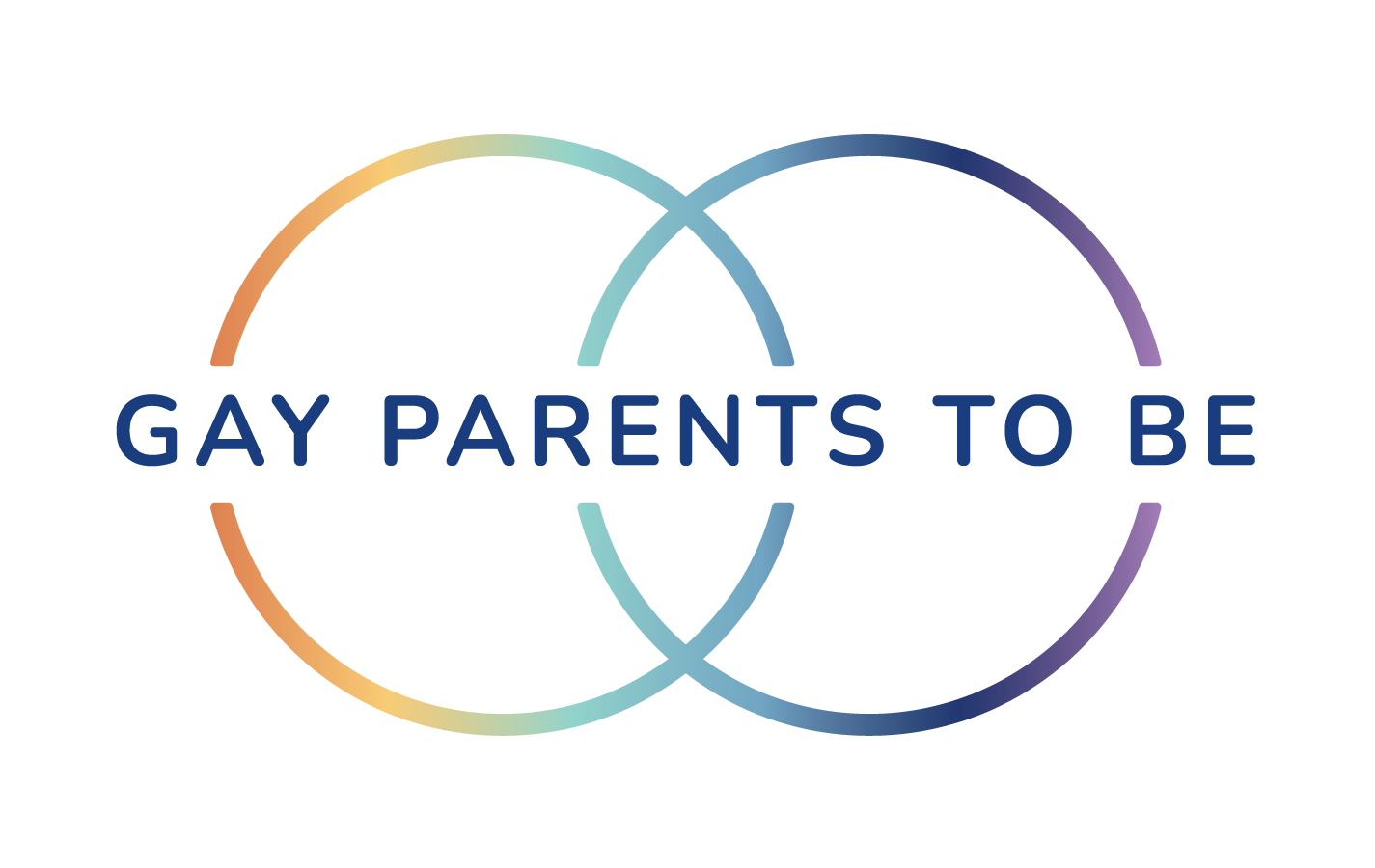IUI vs IVF: Which Fertility Treatment Pathway Is Right for Me?
Fertility specialist Dr. Mark Leondires explains the differences between IUI, IVF, and reciprocal IVF.
July 19th, 2023 | 9 min. read

Congratulations on making the exciting decision to grow your family! If you've decided to proceed with biological family building, this guide will help you explore the various fertility treatment pathways that can help make your dreams of parenthood a reality.
In this article:
- Your First Step to Family Building
- What is included in a fertility workup?
- What to Know About Donor Sperm
- Should I choose a known or anonymous sperm donor?
- Your Fertility Treatment Options
- Option 1: Intrauterine Insemination (IUI)
- Option 2: In Vitro Fertilization (IVF)
- Option 3: Reciprocal IVF (RIVF)
- What's the best option - IUI or IVF?
Your First Step to Family Building
The best place to start your family-building journey is diagnostic testing (sometimes referred to as a fertility workup). The results of these tests will provide important information for both you and your doctor, and having a clear picture of your current fertility will help inform your treatment plan moving forward.
You can complete a basic fertility workup at any age, which will help evaluate your "reproductive age" – which may differ from your actual age. This panel of tests helps determine your baseline level of fertility and your chances of a successful and healthy pregnancy.
What is included in a fertility workup?
Timing is everything during the diagnostic testing process, and it's important to understand why. Your menstrual cycle is measured from the first day of your period (full flow, not spotting), so Cycle Day 3 is the third day of your period.
On Day 3, you would have blood work performed to check three important hormone levels:
- Follicle stimulating hormone (FSH) is closely connected to sexual development, menstruation, and fertility. Your FSH level can be used to diagnose or evaluate polycystic ovary syndrome (PCOS), irregular vaginal bleeding, ovarian cysts, and infertility. FSH is secreted by the pituitary (a gland in the brain) throughout the menstrual cycle, but on Day 3 it should be low. This helps indicate good baseline fertility.
- Leutinizing hormone (LH) is also secreted by the pituitary gland, and LH levels rise in the middle of the menstrual cycle. Then, within 24 to 36 hours, ovulation typically occurs. Higher than normal levels of LH can indicate several disorders, including ovarian failure and polycystic ovary syndrome (PCOS).
- Estradiol is the most important form of estrogen. It is primarily made in and released from the ovaries, adrenal cortex, and placenta, and is responsible for the growth of the breasts, outer genitals, uterus, fallopian tubes and vagina.
What about Anti-Müllerian hormone (AMH) testing?
An Anti-Müllerian hormone (AMH) test helps measure ovarian reserve, which can indicate the quality and quantity of your remaining eggs. Your AMH test results help your doctor determine your chances of becoming pregnant now and in the future.
This blood test can be performed at any point in your menstrual cycle.
What other diagnostic tests can I expect?
Another way that your doctor may measure your fertility is by performing a hysterosalpingogram (HSG). An HSG is a short procedure used to evaluate the status of your fallopian tubes, which are the pathway your eggs travel from your ovaries to your uterus.
An HSG also looks at your uterus, to make sure it has a normal shape and size and to identify any other adhesions, polyps, or fibroids. These problems are important to note, as they may cause painful menstrual periods or recurrent pregnancy loss.
Before we dive into your potential treatment options, let's talk about choosing a sperm donor.
What to Know About Donor Sperm
Choosing a sperm donor is a BIG decision on your family-building journey, since this person will be providing half of your child’s genetic makeup. In addition, the donor you choose (and why you chose them) will be a part of the creation story that you share with your child as they grow!
We recommend that you meet with an experienced reproductive mental health professional who can help guide you through the decision-making process, and also help you figure out how you want to craft the conception story that you will share with your child and the world.
Should I choose a known or anonymous sperm donor?
A known donor can be a family member or friend, but requires careful consideration and consultation with an attorney to protect parental rights and be sure that all adults are invested in the emotional development of the potential future child.
An anonymous donor can be found through a sperm bank. As the term implies, parents do not know the donor. However, recipients can choose a sperm donor based on specific characteristics such as family history, ethnicity, academic achievements, appearance, and other factors.
Note: Choosing to find a donor through a sperm bank is considered by many to be the safest option, as these donors have been screened thoroughly for infectious diseases and genetic risk factors, and have already been counseled on their release of parental rights.
Is any sperm donor truly anonymous?
It's important to remember that today, companies like 23&Me or Ancestry make it almost impossible to be genetically anonymous. It is highly likely that your future child will be able to find their donor when they are interested and of-age, regardless of your donor's anonymity.
Many sperm banks also offer something called open-door donation. This means that the donor is willing to be known to the parents and child, and has also been screened by the sperm bank.
Your Fertility Treatment Options
There are a few different pathways for LGBTQ+ people looking to pursue biological family building. If you and/or your partner were assigned female at birth, those options may include:
Your doctor will consider the results of your fertility workup, as well as your family structure, medical history, and other factors, before providing a recommendation on which fertility treatment method will work best for you.
Let's discuss each of these three treatment options in more detail and what your path to parenthood may look like as you navigate family planning.
Option 1: Intrauterine Insemination (IUI)
Intrauterine insemination (IUI), sometimes referred to as assisted or artificial insemination, is a process used to place sperm into the reproductive tract. This simple, in-office procedure involves concentrating the semen down to a small volume and placing it into the uterus to increase your chances of conceiving.;
To start this process, speak with your primary care physician (PCP) or OB/GYN. Some OB/GYNs will require a basic fertility evaluation, including a hysterosalpingogram (HSG) and documentation of ovulation, as mentioned above.
Next, be sure to stay up to date on all health care maintenance, including your pap smear and mammogram, if recommended. It is also essential to track your menstrual cycle each month, as this will help ensure that the insemination is performed at the right time.
The next step is to meet with a board-certified reproductive endocrinologist. At your initial consultation, you would discuss your desire to pursue an insemination pathway, as well as your choice of sperm donors.
Choosing a fertility clinic that not only welcomes LGBTQ+ patients, but also has extensive experience helping them become parents, will help to ensure you receive the best care possible.
Using Donor Sperm for IUI Treatment
Once you complete the above steps and select a sperm donor with compatible genetics, you will be able to begin your IUI cycle. Here's how the process works: The sperm donor's specimen is shipped to your physician frozen, then thawed the day of your insemination.
You will proceed with either a natural IUI cycle with insemination or an IUI cycle that includes superovulation and insemination. Your fertility care team will help guide you to decide what's right for you.
What is superovulation? Often used in IUI cycles, superovulation involves taking fertility medication to "trick" your body into developing more than one egg per month. This can dramatically increase your per-cycle chance of pregnancy.
At the appropriate time in your cycle, donor sperm will be introduced into your uterus. This procedure is very low risk, takes about 5-10 minutes, and is performed in the office.
Option 2: In Vitro Fertilization (IVF)
In vitro fertilization (IVF) treatment is often used in cases where only one partner (or a single individual) wants to biologically and genetically participate in the pregnancy, perhaps has completed IUI treatment unsuccessfully, or is otherwise struggling with fertility issues.
How it works: The ovaries are stimulated with medications to develop multiple eggs, those eggs are retrieved and combined with donor sperm in the lab to create embryos, and then one of those embryos is placed back into the uterus in a process called embryo transfer.
Over 8 million babies have now been born via in vitro fertilization! IVF is one of the most successful fertility treatment options available - but it's not the only option available to you. Let's talk about another variation on this fertility treatment pathway for couples who both want to participate in the process.
Option 3: Reciprocal IVF (RIVF)
In a reciprocal IVF cycle, one partner’s eggs are used to create embryos, then the other partner carries the pregnancy and delivers the child. This is a unique and beautiful way that both partners can contribute to the family-building process.
Here's how it works: Partner A will take fertility medication to produce multiple eggs, then undergo an egg retrieval. Note: Only Partner A will be genetically linked to the future child.
Those eggs are then combined with your chosen donor sperm in the IVF laboratory, while the partner who wishes to carry the pregnancy (Partner B) begins medication to prepare their uterus. Then, when the timing is optimal, an embryo is transferred into Partner B's uterus. This is a wonderful option in situations where both partners want to participate in the pregnancy!
Success rates for reciprocal IVF vary with age and fertility markers for both partners, but the chances of success are essentially the same as they would be with traditional IVF.
What's the best option - IUI or IVF?
The truth is, there is no one right answer.
Fertility treatment success rates vary based on individual factors, and your family-building plan will be uniquely tailored to your medical history and personal fertility. Choose a caring, experienced fertility specialist to work with, and allow them to guide you towards the best treatment pathway for you and your situation.
To recap, if you decide that biological family building is right for you, there are multiple routes to pregnancy: IUI, traditional IVF, and reciprocal IVF. Your fertility specialist will help you determine whether an IUI or IVF pathway is best for you.
Good luck on your family-building journey, and stay hopeful!
Dr. Mark P. Leondires is the Founder and Medical Director of Illume Fertility, an inclusive, award-winning fertility clinic with five locations in Connecticut and New York. Dr. Leondires is board-certified in both Obstetrics and Gynecology and Reproductive Endocrinology and Infertility. Dr. Leondires is also the Founder of Gay Parents To Be, a leading family-building resource for the LGBTQ+ community - a passion project created after undergoing his own journey to parenthood as a gay dad.




